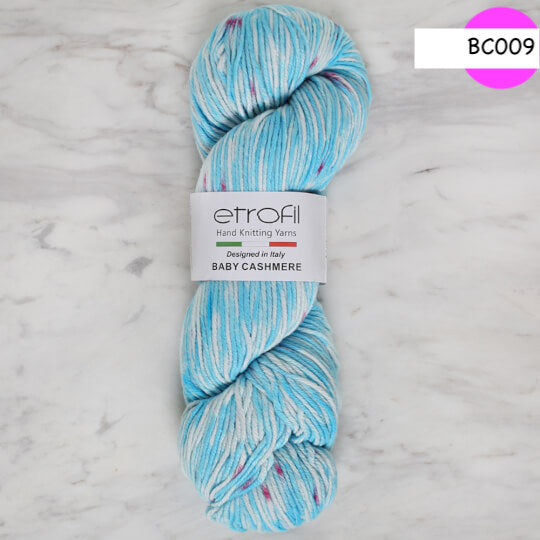Understanding the Different Kinds of Cashmere a Natural Fiber and Their Distinct Advantages

The Beginnings of Cashmere: A Historic Overview
While the luxurious touch of cashmere continues to charm contemporary customers, its beginnings map back to the harsh, cool climates of Mongolia and the Mountain ranges. For centuries, the indigenous peoples of these regions have actually been elevating Capra Hircus goats, the prime resource of cashmere wool. These goats, resilient versus the severe winters months, expanded a great undercoat to make it through, which later ended up being recognized as cashmere.

The Production Refine: From Goat to Garment
Shearing a Capra Hircus goat notes the inception of the intricate cashmere production procedure. This fragile treatment typically occurs when a year during springtime. The fine, soft undercoat is then divided from the coarser outer hair, a procedure recognized as dehairing. The resultant raw cashmere is after that cleaned to get rid of pollutants such as veggie, dirt, and grease issue.
The clean fiber undergoes dyeing, spinning, and weaving, or knitting, to transform it right into a textile. Complex treatments like top quality control checks and ending up processes comply with, making sure the end product keeps the extravagant criterion expected of cashmere. This painstaking procedure, from goat to garment, warrants the high cost connected to cashmere items, making them an icon of deluxe and refinement.
The Various Types of Cashmere: A Comprehensive Analysis

The One-of-a-kind Benefits of Cashmere: Convenience and Sustainability
Moving from the variety of cashmere types to the benefits they offer, comfort and sustainability stand out prominently. Cashmere, a natural fiber, is renowned for its exceptional gentleness, giving a level of comfort that synthetic fibers can not match. The material's lightness, yet impressive warmth retention, makes it optimal for all seasons. Cashmere's all-natural elasticity enables it to return to its original shape, my link making it resistant to stretching or diminishing.
When it comes to sustainability, cashmere is renewable and eco-friendly, as it's collected from cashmere goats who regrow their coats annually. what is cashmere. Unlike artificial fibers which can take centuries to disintegrate, cashmere's effect on the setting is very little. This combination of comfort and sustainability makes cashmere an advantageous choice for aware customers

Taking Care Of Your Cashmere: Upkeep and Conservation Tips
While cashmere is undoubtedly a extravagant and lasting option, it calls for details care to maintain its quality and extend its life expectancy. To start, cashmere must be hand cleaned utilizing cool click here now water and a light cleaning agent. Cashmere items should be stored in a amazing and completely dry place, away from direct sunlight and moisture.
Buying Cashmere: Comprehending Its Value and Worth
Although cashmere might originally seem like an expensive financial investment, its long-term value and worth come to be obvious when you consider its remarkable top qualities. Known for its unparalleled gentleness and heat, cashmere is a premium all-natural fiber that exceeds various other materials. Investing in cashmere, consequently, is not just concerning current style trends, however regarding welcoming a sustainable, lasting, and luxurious way of life.
Conclusion
In summary, the kind of cashmere one chooses, be it Mongolian, Chinese, or Italian, is determined by specific preferences for warmth, luxury, budget plan, and sustainability. Comprehending the beginnings, production process, and unique benefits of different kinds of cashmere can lead consumers in their investment in this glamorous natural fiber.
Whether it's the extraordinary warmth of Mongolian cashmere, the price of Chinese cashmere, or the eco-conscious production of Italian cashmere, there's a tale to be found behind each fiber type. click here for info Cashmere, a natural fiber, is renowned for its unrivaled soft qualities, giving a degree of comfort that artificial fibers can not match.When it comes to sustainability, cashmere is biodegradable and eco-friendly, as it's collected from cashmere goats that regrow their coats each year. Recognized for its exceptional soft qualities and warmth, cashmere is a premium natural fiber that outperforms various other materials. Comprehending the origins, manufacturing process, and one-of-a-kind benefits of various types of cashmere can lead consumers in their financial investment in this lavish natural fiber.
 Mara Wilson Then & Now!
Mara Wilson Then & Now! Brandy Then & Now!
Brandy Then & Now! Jeremy Miller Then & Now!
Jeremy Miller Then & Now! David Faustino Then & Now!
David Faustino Then & Now! Sarah Michelle Gellar Then & Now!
Sarah Michelle Gellar Then & Now!